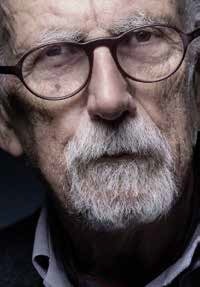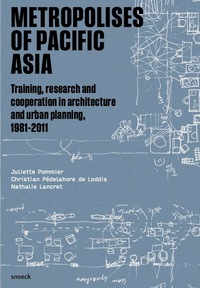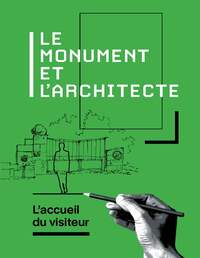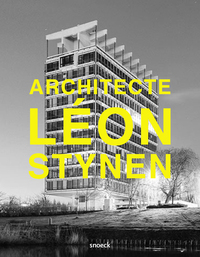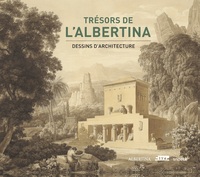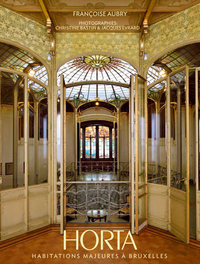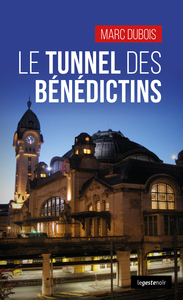Nous utilisons des cookies pour améliorer votre expérience. Pour nous conformer à la nouvelle directive sur la vie privée, nous devons demander votre consentement à l’utilisation de ces cookies. En savoir plus.
GASTON EYSSELINCK (1907-1953) - IN THE FOOTSTEPS OF LE CORBUSIER
Snoeck Gent - EAN : 9789461615787
Édition papier
EAN : 9789461615787
Paru le : 7 mars 2020
36,00 €
34,12 €
Epuisé
Pour connaître votre prix et commander, identifiez-vous
Arrêt définitif de commercialisation
Notre engagement qualité
-
 Livraison gratuite
Livraison gratuite
en France sans minimum
de commande -
 Manquants maintenus
Manquants maintenus
en commande
automatiquement -
 Un interlocuteur
Un interlocuteur
unique pour toutes
vos commandes -
 Toutes les licences
Toutes les licences
numériques du marché
au tarif éditeur -
 Assistance téléphonique
Assistance téléphonique
personalisée sur le
numérique -
 Service client
Service client
Du Lundi au vendredi
de 9h à 18h
- EAN13 : 9789461615787
- Réf. éditeur : 080102
- Collection : ARCHITECTURE
- Editeur : Snoeck Gent
- Date Parution : 7 mars 2020
- Disponibilite : Epuisé
- Barème de remise : NS
- Format : 3.50 x 24.50 x 29.00 cm
- Poids : 2.022kg
- Interdit de retour : Retour interdit
- Résumé : The limited oeuvre of the Ghent architect Gaston Eysselinck provides some of the most compelling evidence of innovation in Belgian architecture. During his studies he came across publications about the European avant-garde, Russian architecture and the work of Le Corbusier. In November 1930 he took part in the CIAM Congress in Brussels and appeared in the legendary group photo along with Mies van der Rohe and Le Corbusier. His own house, which also includes his office (1930-1931), and the Peeters house (1932), which both appeared in Alberto Sartoris' publication in Italy in 1935, can be considered as the built manifesto of the ‘Neues Bauen' (New Building). Eysselinck designed furniture for his home, including several pieces of tubular metal furniture. The architectural plan became increasingly important to him, showing the influence of the work of Adolf Loos. Eysselinck rethought the traditional urban terraced house, often placing the kitchen on the street side. In 1937 he received the Van de Ven Prize, the most influential architectural prize in Belgium at the time. In 1945 he devoted all his energy to the design and construction of the Post & Telegraphy Office building in Ostend (1945-1952), his extraordinary masterpiece. This building demonstrates his quest for an architecture with expressiveness and explicit materiality; it is a building that repositioned architecture. In December 1953 Eysselinck committed suicide, tormented by numerous setbacks, both private and professional. Eysselinck believed in the feasibility of a better future. The control of chaos by the choice of rational order was one of the greatest aims he pursued. In this book we rediscover this powerful and intense oeuvre.


